Gold price waits for rates clues from Jackson Hole
Political turmoil in the US has the potential to 'help gold in the short and longer term'
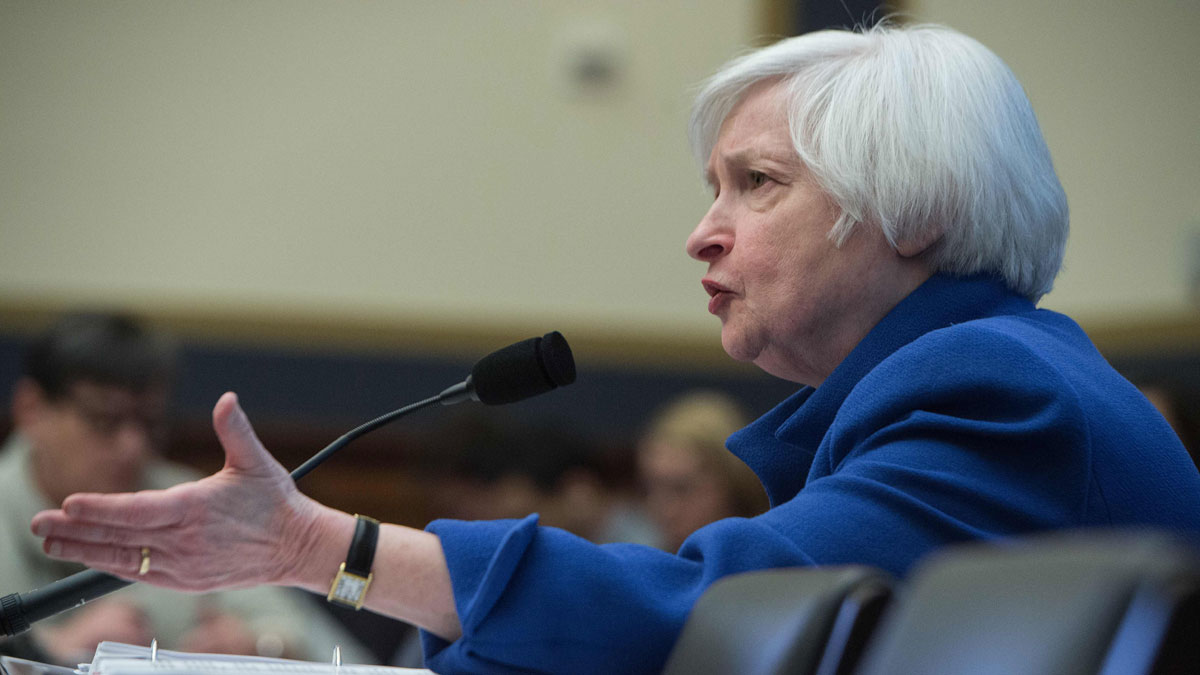
Gold price holds near recent ceiling
11 January
The gold price has been up and down in recent sessions but is holding near to its recent ceiling as wider market sentiment remains extremely volatile.
Last week, the precious metal hit a two-month high of above $1,112 an ounce as it continued its upwards trend from a six-year low of below $1,050 in December. Overnight, gold recovered from the more uncertain picture on Friday and rose at one point to $1,108 as the rout on Chinese equity markets continued and hit fragile risk appetite around the world.
The Week
Escape your echo chamber. Get the facts behind the news, plus analysis from multiple perspectives.

Sign up for The Week's Free Newsletters
From our morning news briefing to a weekly Good News Newsletter, get the best of The Week delivered directly to your inbox.
From our morning news briefing to a weekly Good News Newsletter, get the best of The Week delivered directly to your inbox.
The price later dipped back to around $1,100, reflecting the return of a degree of confidence on equity markets in Europe, which were all in the black this morning despite the latest fall of more than 5 per cent on the main Chinese benchmark, the Shanghai Composite.
DailyFX argues gold's recent trading has established a new, higher range for the metal. Breaking the resistance it found above $1,110 is "uncertain", it says, but support is consistently being found at $1,097. The metal has been rooted between these prices since last Thursday.
The article does note, however, that "momentum signals" when prices are at the top end of the current range could be "a hint of an upcoming correction" lower. This would correspond with long-run predictions that gold will decline towards $1,000 an ounce in the early part of this year.
This is mostly due to the prediction of further interest rate rises in the US following December's historic first hike. A strong jobs report on Friday has increased bets on a second rise as soon as March, which would boost the dollar and would bring downward pressure on gold.
A free daily email with the biggest news stories of the day – and the best features from TheWeek.com
On the other hand, there is a good chance that gold's recent "safe appeal" will hold for a time yet. Reuters points to the latest tension in the Middle East, ongoing upheaval in China and headwinds that are affecting hitherto recovering Western economies such as the UK as factors boosting the buying of gold that could hold the price higher.
Gold price: fears the 'safe-haven' rally is over
08 January
Gold gained around 4 per cent overall and overnight in Asia, hitting a nine-week high above $1,110 an ounce, with prices benefitting from major upheaval on the stock markets this week.
The spot gold price touched $1,112 during the session in Singapore, its highest since the beginning of November, but fell back sharply to around $1,097 this morning amid a recovery for Chinese equities after Beijing allowed some appreciation in the yuan. Questions are now being asked over whether its "safe-haven" rally is over and done.
The precious metal has historically been a store of value in times of strain - and equity markets around the world have been in turmoil this week, particularly after a major slump in China. Such externally driven rallies tend to be short-lived, however, unless the underlying problems are prolonged and develop into a full-blown financial crisis as happened in 2008, after which gold embarked on a two-year surge.
Analysts at HSBC told Reuters that in the current environment, "the only way to trade gold is to take a view on the equity markets and on the Chinese market in particular".
Should the 2 per cent rise on the Shanghai stock market prove to be little more than a relief rally, gold could yet be set for further gains.
If, however, the calmer mood on equity markets persists, then the focus for gold will switch back to medium-term factors – interest-rates rises in the US in particular.
Natixis analyst Bernard Dahdah issued a note repeating the assertion of many investment banks last year that a second rates rise by the Federal Reserve, which is expected before April, will send gold spiralling lower and below $1,000 an ounce. On the flip side, Canadian bank RBC considers a low, slow pace of increase, including a second rise by April, is already discounted into a price of around $1,100.
Another factor of note could be demand for physical gold, which has apparently surged as prices have fallen and could act as a support against a steep drop in the near future. US imports of gold jewellery rose to a seven-year high in October, the latest month for which figures are available, according to data compiled by Thomson Reuters.
Gold price breaks past $1,100 - but will it hold?
07 January
So far, gold bugs are enjoying a positive 2016.
Bloomberg notes the metal is "dusting off its credentials as the go-to commodity in troubled times" as it rallies strongly in the wake of wider market turmoil and heightened geopolitical tension. The price rose above $1,100 an ounce during Asian trading overnight, meaning it had finally broken free of the $1,070 and $1,080 range in which it had been rooted for some time.
The upwards surge is being driven by "safe-haven" demand. China's stock market crashed last night and trading was suspended for the second time in a week, reflecting concerns over growth and the steep depreciation in the renminbi. Global markets are also tumbling, with bearish sentiment being exacerbated by renewed hostilities in the Middle East, fresh nuclear posturing by North Korea and the latest oil-price slump.
These factors are reducing risk appetite. The countervailing fear of rises to interest rates, which tend to push gold lower by boosting rival income-generating assets and the dollar, has also been lessened by the publication of minutes from the Federal Reserve meeting in December.
A unanimous vote at the end of the gathering saw interest rates increase for the first time in a decade, but the Daily Telegraph says the Fed's discussion had a dovish flavour that focuses on weak inflation. With oil sharply lower, inflation is unlikely to recover soon, which could delay any further rate hikes.
But can gold sustain the rally? Analysts have been quick to point out that "safe-haven" rallies tend to be short-lived unless they come amid a full-blown financial crisis, which few are currently predicting. The Telegraph notes that despite the tempered comments, the projections contained in the Fed minutes for growth and inflation were revised higher and that a second rates rise is still being predicted by April.
Given this, the gold price could yet go lower in the medium term. Daily FX cited the $1,103 resistance level at which the overnight rally gave way – gold is currently a little below $1,096 – as it argued the "outlook remains bearish as the precious metal continues to carve a long-term series of lower highs & lows".
For the moment, though, gold is on the up – and there is little to suggest it will drop sharply soon until the picture on rates comes into sharper focus.
Gold price enjoys 'safe haven' bounce, but still trapped
5 January
Predictions that the gold price would rise in the opening stages of 2016 were borne out in the first session of the year, as the precious metal enjoyed a strong 'safe haven' bounce.
Spot gold rose more than $20 an ounce at one point, from near its recent multi-year low to above $1,083, before retreating slightly. The price ended the New York session 1.3 per cent higher at $1,075 – and it edged up to around $1,077 in London this morning.
Gold is often seen a shore of value in times of market strain. Its rise came amid a major retreat across equity markets, which slumped in the wake of a dive on the main Chinese equity benchmark prompted by data showing a tenth consecutive monthly decline in manufacturing activity. The FTSE-100 fell 2.4 per cent, while the German Dax endured its worst one-day drop since August, with 4.3 per cent.
Other factors include a relatively subdued dollar, against which gold is a hedge, with the Financial Times noting it barely moved on Monday. Oil also rallied through most of the day – gold is also a hedge for oil-led inflation – caused by the latest wave of unrest in the Middle East, which itself will prompt general skittishness that would boost gold's appeal.
Finally, there is short covering by hedge funds which Mining.com notes increased their bets last week on a falling gold price to the highest level since US regulators first began tracking derivatives data in 2009. As the price moved, institutional investors will have shifted positions to cover potential losses.
For all that, however, the gold price is still trapped in the range between $1,070 and $1,080 that has been its home for most of the past few months. Its failure to break out indicates a general view in the market that there are still fundamental factors that are likely to hold prices lower in the medium term.
These include waning demand for gold jewellery in markets such as China, a still-strong dollar and the potential for the greenback to rise more as interest rates are increased further in the US, which would also be a boon for income generating assets. The next rates' rise could be as soon as March, according to current predictions, which would be the next real test for gold.
Gold price: what's in store in the first months of 2016?
04 January
The gold price has reacted in typically positive fashion to wider market volatility on the first trading day of 2016 as tensions in the Middle East and more weak China data raise investor fears.
Saudi Arabia has cut ties with Iran after its embassy in Tehran was attacked following the execution of senior Shia cleric Sheikh Nimr al-Nimr. This has prompted a rise in the oil price amid speculation the unrest could hit output from two of the region’s major producers, which has in turn helped gold as investors tend to use the metal as a hedge for "oil-led inflation", notes Reuters.
Support for gold is also being found in the form of a modest fall in the US dollar, against which the metal is also held as a hedge, and as a result of a wider slump on global equity markets following weak Chinese manufacturing data overnight. Trading in Shanghai was suspended after a slide of 7 per cent while European markets including the FTSE 100 were down more than 2 per cent this morning.
The gold price was up around 1.2 per cent to $1,073 in late morning trading in London.
But Reuters also notes that so-called "safe haven" rallies in gold "are typically short-lived", as it cites ongoing pressure on the precious metal that is holding it in a tight range near to recent multi-year lows. In particular, there is the prospect of further interest rate rises in the US following an increase in December, which would boost the dollar and could indicate a return to target inflation rates.
Writing in the Daily Telegraph, Peter Spence says that US jobs growth for December is predicted to be confirmed at around 200,000 this Friday, indicating that the labour market continues to go from strength to strength even after the Federal Reserve’s tightening of the monetary policy for the first time in almost a decade. This could prompt another rise in rates as soon as March.
Should this happen, it would keep pace with the four rises forecast by the Fed for 2016 as a whole and would likely presage the fresh fall in gold that has been widely anticipated by analysts. DailyFX suggests that current volatility may push prices modestly higher in the coming weeks, but that they will slide sharply over the first three months of this year as a whole.
It reckons support could eventually be found around $1,000, but that it could even fall to as low as $975.
-
 Trump tightens restrictions for work visas
Trump tightens restrictions for work visasSpeed Read The length of work permits for asylum seekers and refugees has been shortened from five years to 18 months
-
 Stopping GLP-1s raises complicated questions for pregnancy
Stopping GLP-1s raises complicated questions for pregnancyThe Explainer Stopping the medication could be risky during pregnancy, but there is more to the story to be uncovered
-
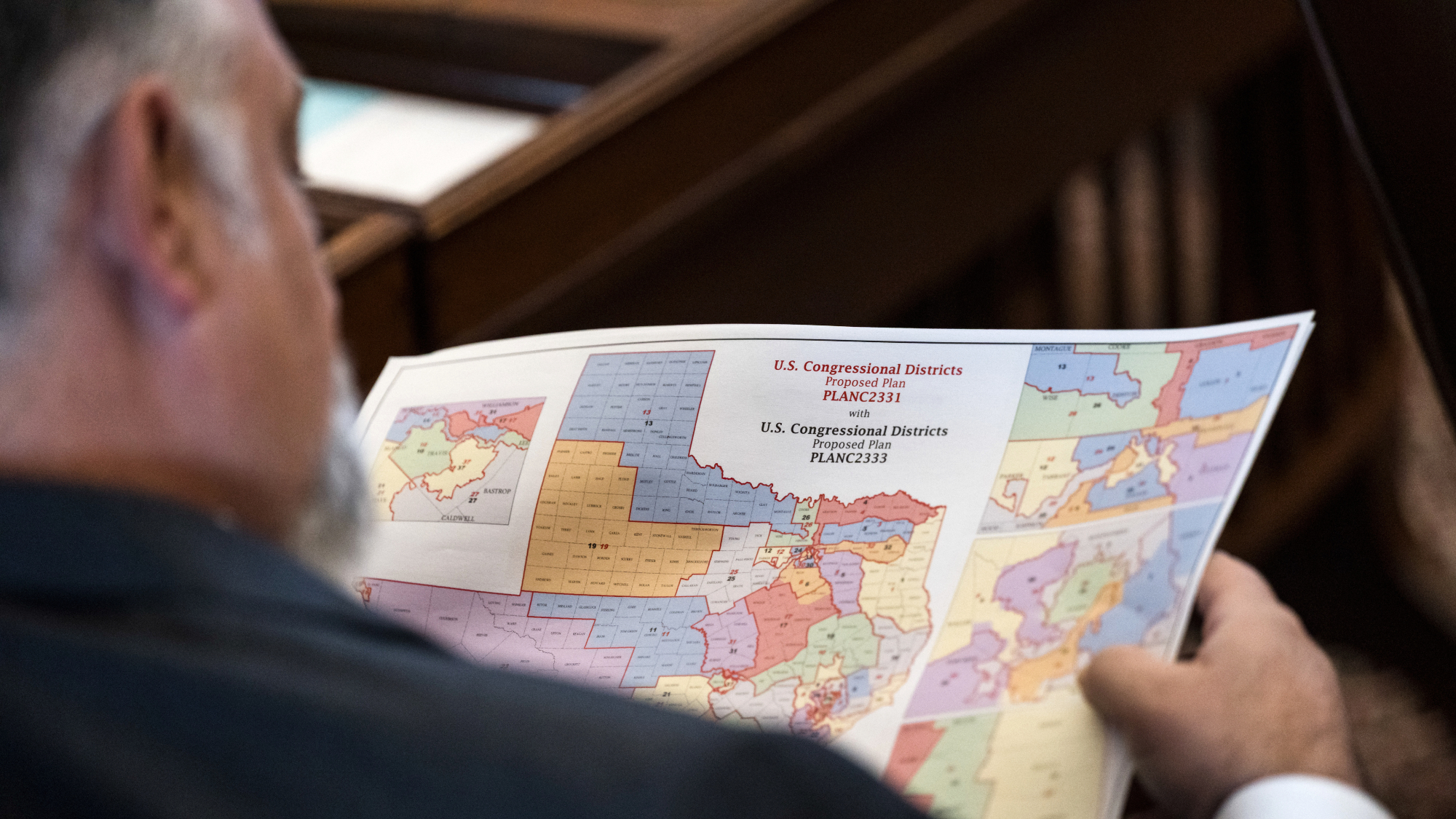 Supreme Court revives Texas GOP gerrymander
Supreme Court revives Texas GOP gerrymanderSpeed Read Texas Republicans can use the congressional map they approved in August at President Donald Trump’s behest
-
 What a rising gold price says about the global economy
What a rising gold price says about the global economyThe Explainer Institutions, central banks and speculators drive record surge amid ‘loss of trust’ in bond markets and US dollar
-
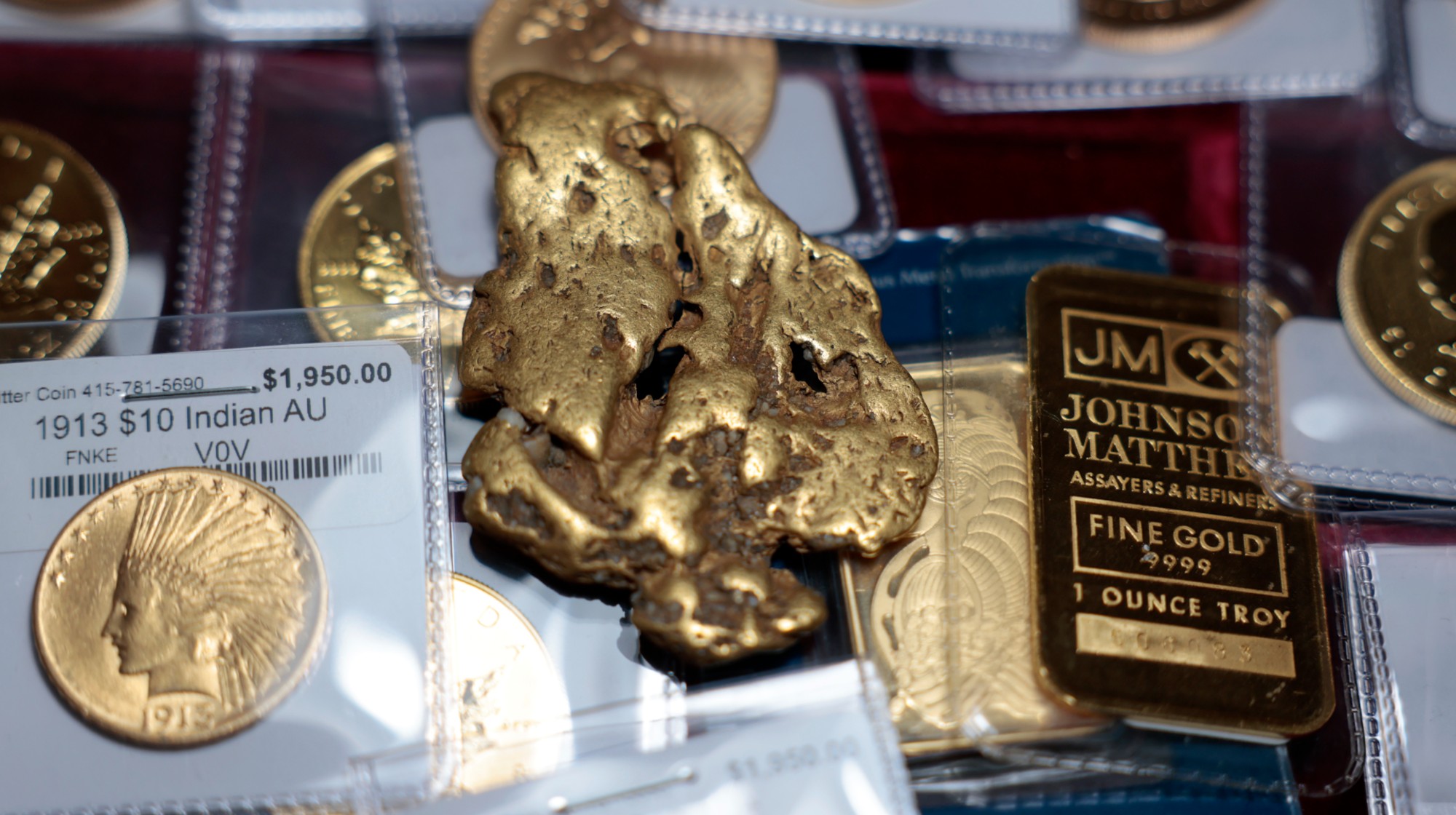 Gold tops $4K per ounce, signaling financial unease
Gold tops $4K per ounce, signaling financial uneaseSpeed Read Investors are worried about President Donald Trump’s trade war
-
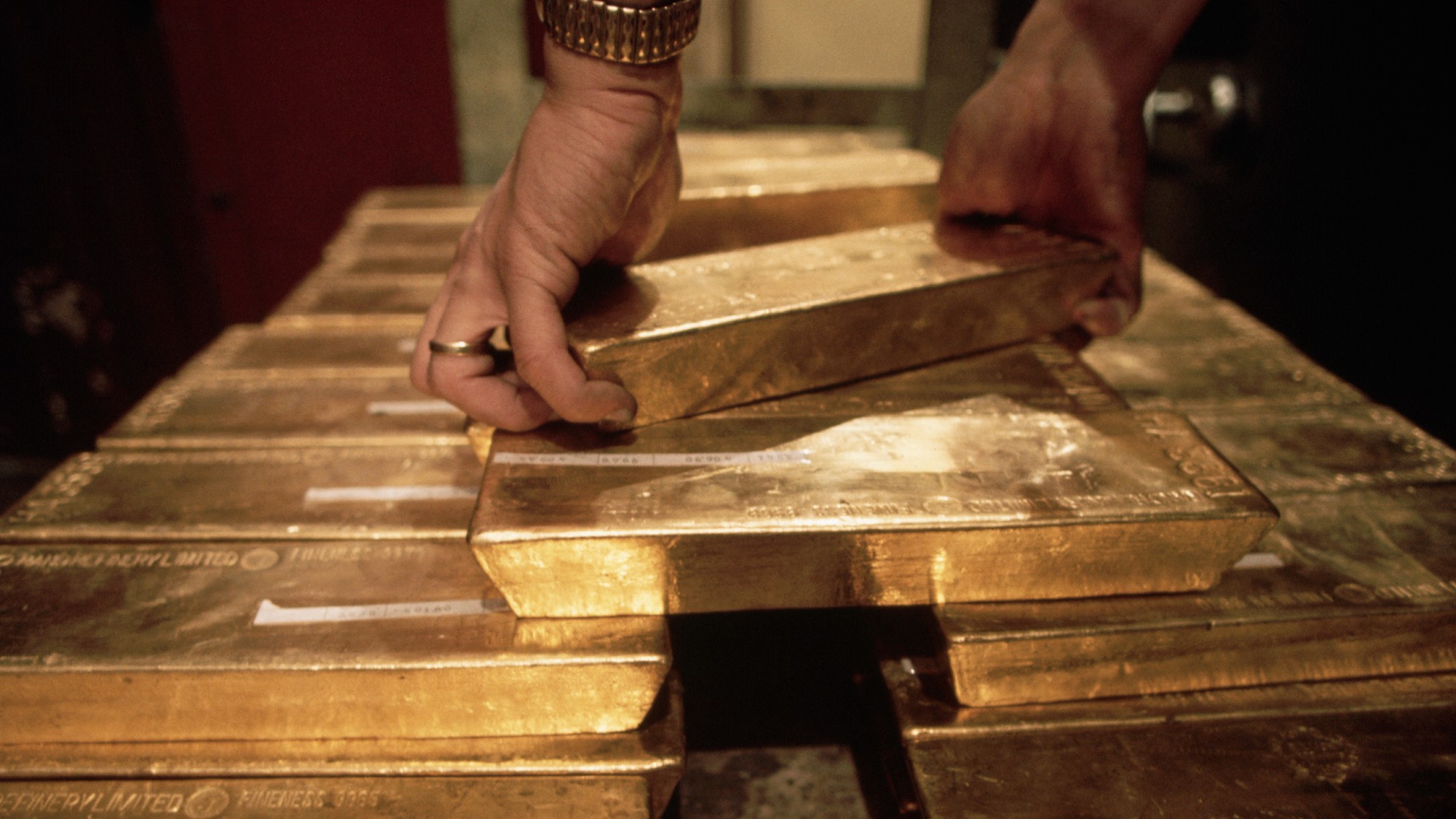 Safe harbor: Gold rises as stocks sink
Safe harbor: Gold rises as stocks sinkfeature It's a golden age for goldbugs
-
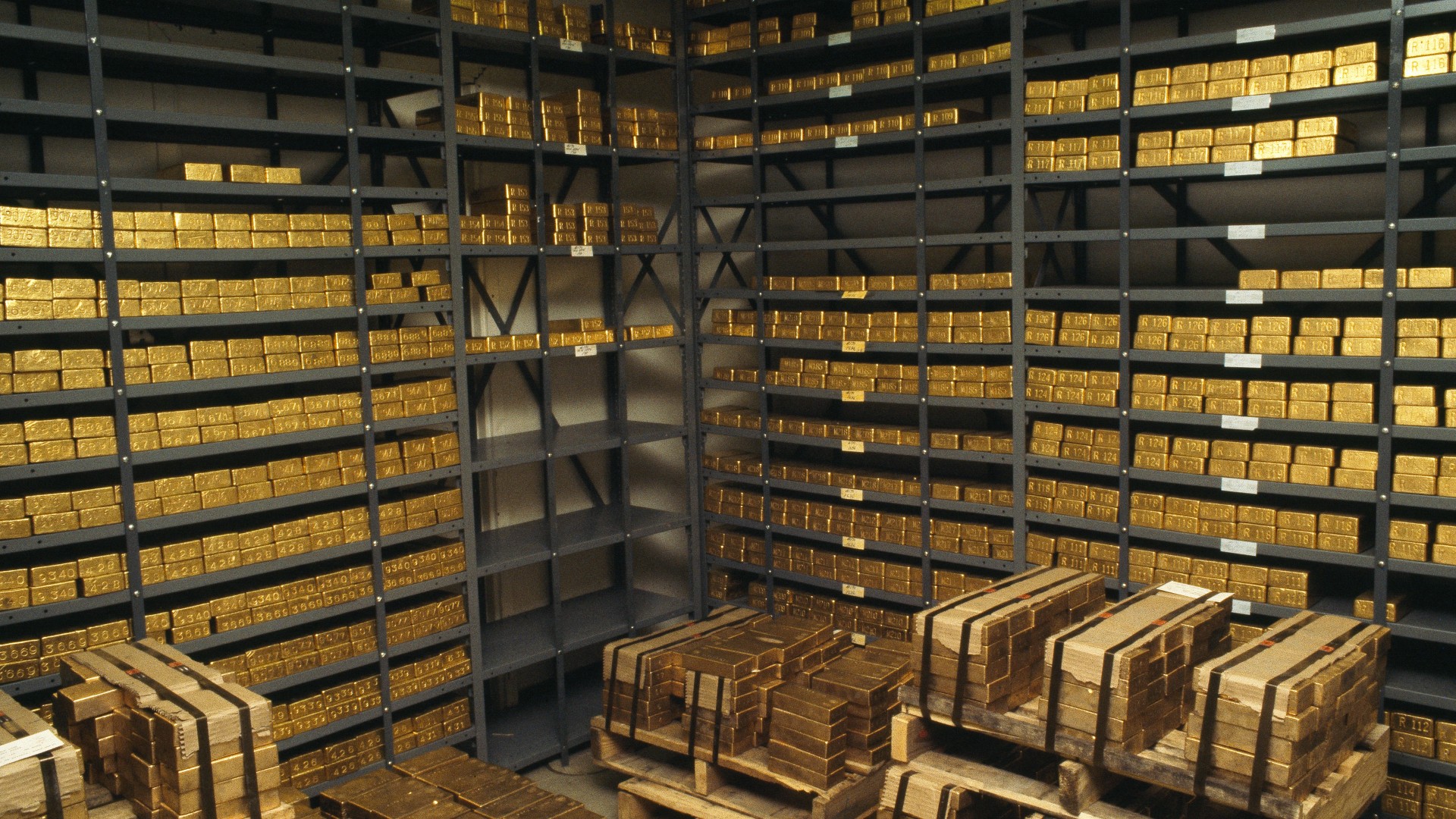 What rising gold prices can tell us about the economy in 2024
What rising gold prices can tell us about the economy in 2024The Explainer Market hits all-time high, boosted by a weakening US dollar and rising global tensions
-
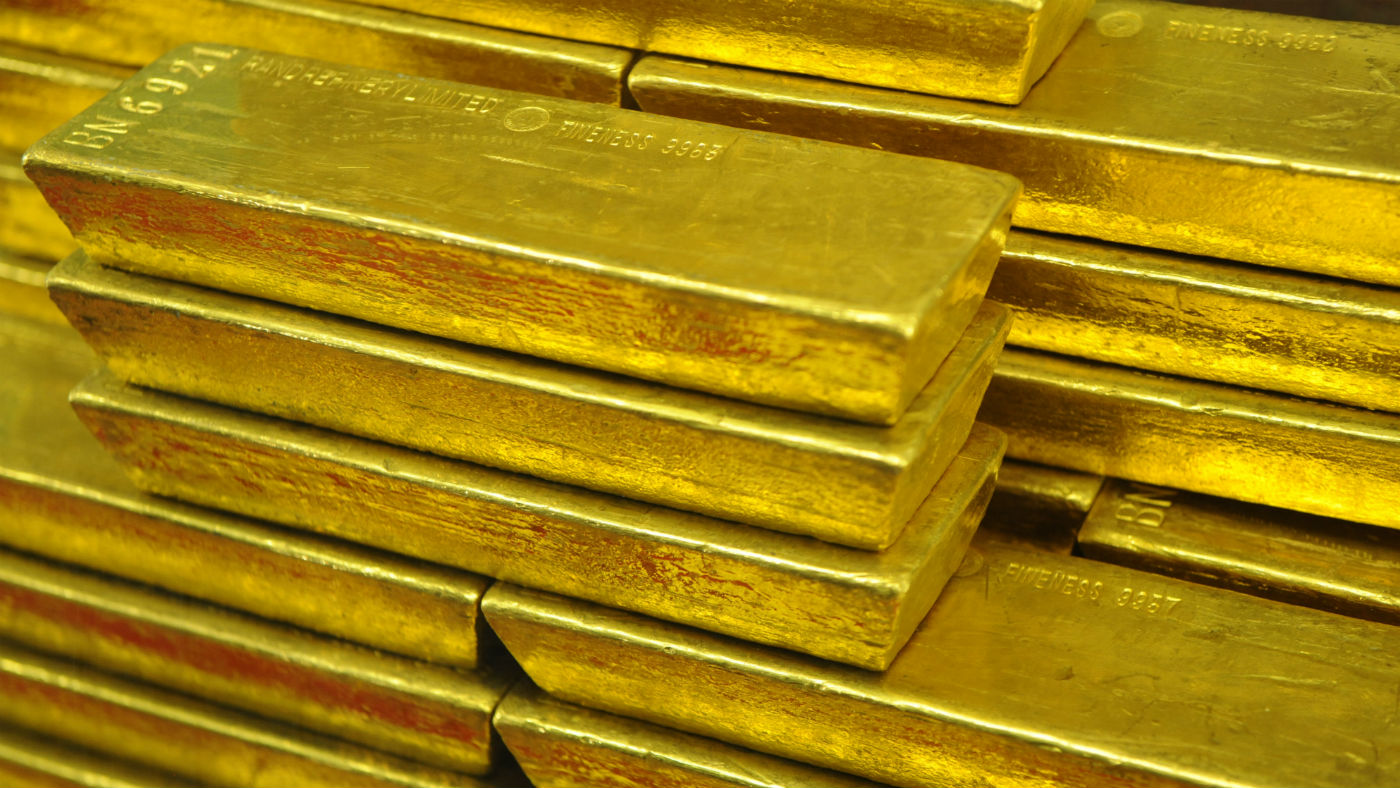 Gold’s ‘flash crash’: what the experts think
Gold’s ‘flash crash’: what the experts thinkfeature Bad news, good news and a loss of faith
-
 What is the price of gold and when is best to buy?
What is the price of gold and when is best to buy?Speed Read Economic and geopolitical uncertainty traditionally drives investors to reliable metal markets